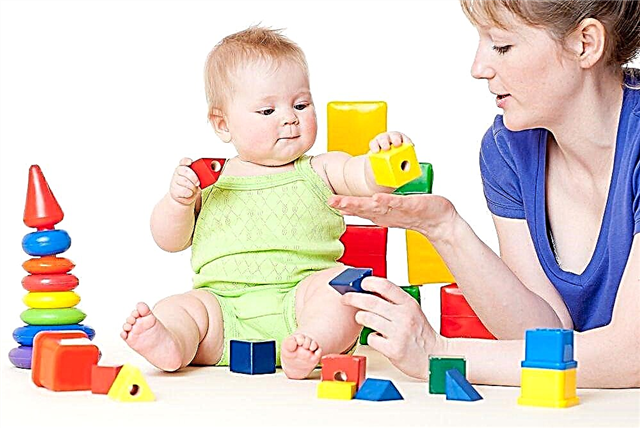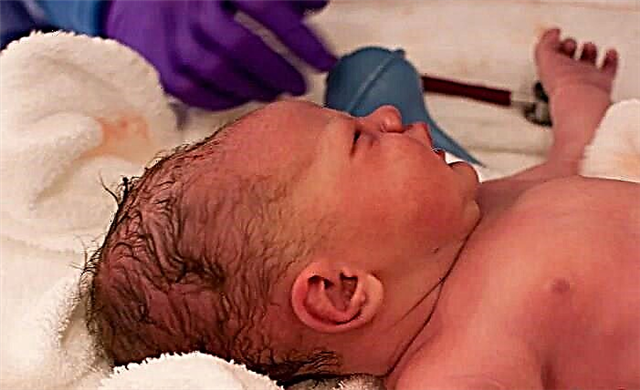Inhalation for a child is the most effective way to treat lung diseases. For this, medicine uses a modern system - a nebulizer. Unlike tablets and syrups, it spreads the medicine over the entire surface of the lung mucosa. Drops of the substance are quickly absorbed into the body and begin to act.

The boy does inhalation
What is inhalation prescribed for?
Children often get sick with acute respiratory viral infections. Colds do not always go away quickly and without complications. In some cases, children are prescribed inhalation. The procedure involves inhaling medicinal substances through the nose. This promotes the rapid absorption of particles, moistening of the mucous membrane, and sputum discharge.
Inhalations for coughing in a child are prescribed for the treatment of the following diseases:
- acute and chronic bronchitis;
- tonsillitis;
- rhinitis;
- bronchial asthma;
- allergies;
- heart diseases;
- tuberculosis;
- pharyngitis;
- pneumonia.
Inhalers are used for severe illness. In 80% of cases, the method helps to improve the condition in 5 days.
Important! Inhalers are used to treat even hormonal drugs.
Types of inhalers
Inhalations for infants are prescribed for coughing through a nebulizer system. It is safe for children and easy to use.
Compression
This is the most common type of nebulizer. It allows the use of any medication for the respiratory tract. Spraying is carried out once a day. The use of the system is allowed from 1.5 years.
The aerosol inside is created using a jet of air with a special compressor. The system is reliable to use. However, when used in infants, it is difficult, since the nebulizer chamber must be kept in an upright position.

Baby with an inhaler
Ultrasonic
Inhalation with a child's cough with an ultrasonic nebulizer helps to cure a runny nose and wet cough. A finely dispersed aerosol is formed using an ultrasonic generator; vibrations are transmitted through water and solution. When pressed, it sprays like a jet of water.
The system works silently, the use of drugs has a narrow range. It is rarely used, since not all drugs can be filled in this way.
Electronic mesh
The mixture inside the inhaler is formed by sifting a liquid medicinal solution through a special membrane mesh with microscopic holes. You can take several breaths a day.
The system is silent, suitable for a wide range of drugs, inhalation is possible from any angle. The nebulizer is easy to use for babies. The only drawback is the high cost. The system is reusable, so it pays off quickly.
Important! In chronic bronchial asthma, the course of treatment is lifelong.
Steam
Inhalation of a child with steam inhalers is carried out with a strong dry cough. The active factor is water vapor, the temperature of which is 57-630C. Inhalation of vapors causes the expansion of the bronchi and blood vessels, has a physiotherapeutic effect.
Note. Only oil and herbal inhalations are performed with such nebulizers. Drug solutions disintegrate under the influence of temperature.

Steam inhaler
Benefits of nebulizers
It is recommended to use nebulizers for children from 2 years old, in extreme cases - 0.5-1.5. The system has its advantages:
- Rapid penetration of the drug into the bronchi and blood vessels.
- Acceleration of the process of sputum discharge.
- Wide range of uses.
- Fast recovery.
- Convenient use.
- Small particles quickly spread through the lungs and act on the site of infection.
- Suitable for babies.
The system is suitable for treating children with hormonal drugs and antibiotics. A wide range of uses can cure chronic diseases.
Procedure rules for children
Nebulizers can help clear phlegm faster. When used in infants, certain conditions must be created.
The use of nebulizers in infants
Why babies need inhalation, every doctor who prescribes it knows. Doctors talk about the intricacies of the procedure, it helps to cure a lingering cough.
Application technique:
- Before starting the procedure, wash your hands thoroughly with soap and water to avoid infection.
- Connect all parts of the device according to the attached instructions.
- At least 5 ml of the drug is poured into the nebulizer balloon.
- Initially, a portion of the saline solution is placed, then the drug is added.
- Prime the system with sterile needles and syringes only.
- After assembling the nebulizer, put on a mask.
- The child is picked up, the tip is inserted into the mouth and sprayed until the liquid runs out.
- It is advisable to carry out the procedure together, so that one adult fixes the baby's head.
- The process takes about 10 minutes, they breathe as much as necessary.
- At the end, all parts of the nebulizer are washed with hot soapy water without using brushes or brushes.
- Once a week, the device is sterilized in a disinfector or boiling water for no more than 10 minutes.
- The inhaler is dried and stored in a dry towel.
When using the system, infants have difficulties, since children are restless. It is difficult for a child under one year old to inhale alone. He will be capricious, especially the first time, until he gets used to the procedure.

Boy breathes with inhaler
Contraindications to the procedure in infants
If a child coughs, this does not mean that the nebulizer will help him. There are prohibitions on using the system:
- If the child has a tendency to nose and lung bleeding.
- In the presence of purulent foci, the device cannot be used.
- Forbidden in children who have chronic heart failure.
- With pathologies of the respiratory tract and underdevelopment of internal organs.
Doctors always warn about the risks of use. If there are contraindications, doctors choose another treatment.
Important! Nebulizers for purulent diseases aggravate the child's condition.
Terms of use
The use of the device requires compliance with simple rules:
- The procedure is carried out 1.5 hours after a meal.
- Clothing should be loose, tight breasts will negatively affect treatment.
- In the treatment of rhinitis, nasal inhalation is recommended.
- Do not take cough medicine before the procedure.
- If the solution contains a drug, then use the system 3 times a day.
- At the end of the process, it is forbidden to eat, drink water and talk for 20 minutes.
- After inhalation, rinse your mouth with cool water.
You need to know all the rules for the therapy to work and have an effect. Doctors talk about such moments at the reception, and everything is also spelled out in the instructions for the device.

The boy does inhalation
Home inhalation if there is no nebulizer
What inhalations can be done at home for a child under one year old? This question is relevant for young children and those who are prohibited from using inhalers. Houses create a place where the child will breathe the healing steam. There is no need to force the baby to breathe often, the breaths should be natural. Home inhalation:
- Potatoes. Boil potatoes in their uniforms. The child is allowed to breathe steam from hot tubers or is kept above the water in which he is boiled. The method helps to get rid of phlegm and clear the nose. Steam stimulates mucus to pass.
- Mineral water. Such water contains a large amount of minerals. During boiling, the particles rise along with the water vapor. When a child inhales it, they enter the lungs.
- Saline solution. It contains 0.9% salt. When heated, salt vapors enter the lungs as a saline solution. This promotes the separation of mucus and nasal secretions. Recovery comes faster.
Important! Home inhalation helps to cope with colds as well as special systems. However, for chronic diseases, you will need a device.
Inhalation helps to improve the condition of the baby with a lingering cold. Doctors can often allow the use of a nebulizer, as the system quickly helps to cope with the problem. Inhalation of vapor containing medicinal substances facilitates the rapid penetration of particles into the lungs. They effectively act on the focus of the disease.



